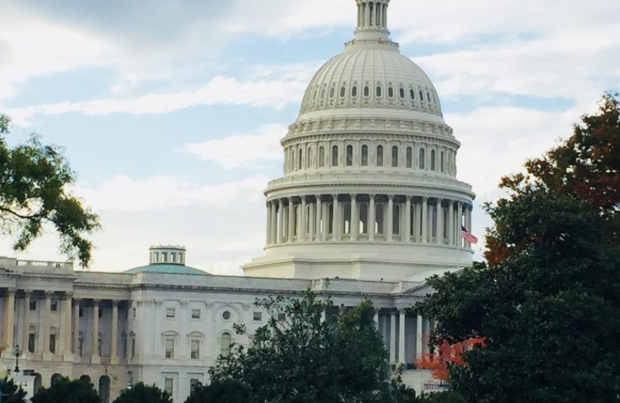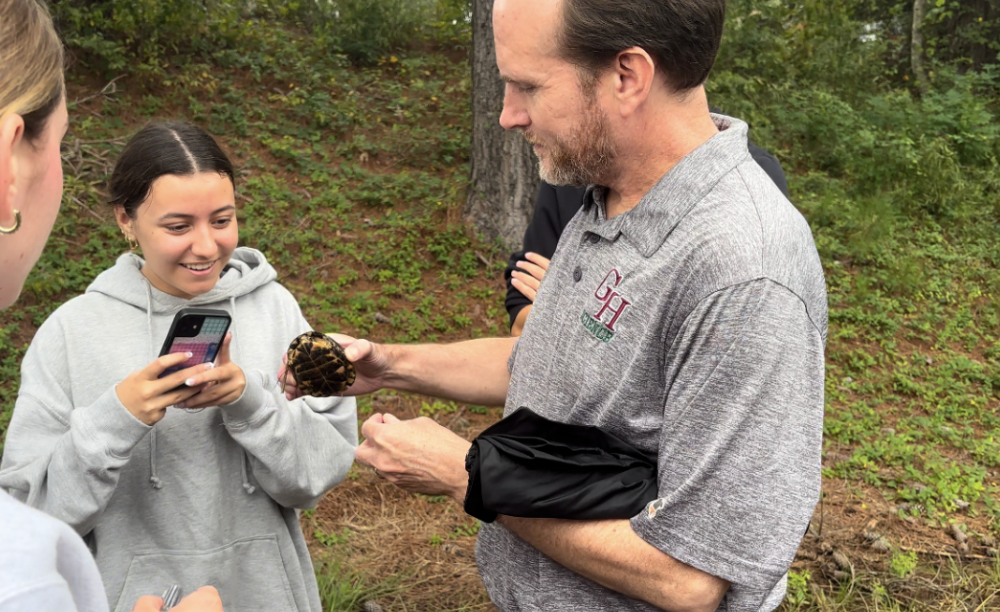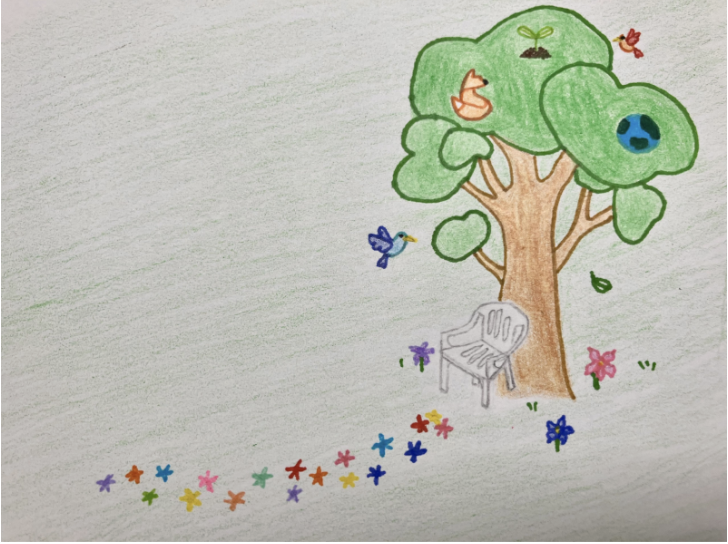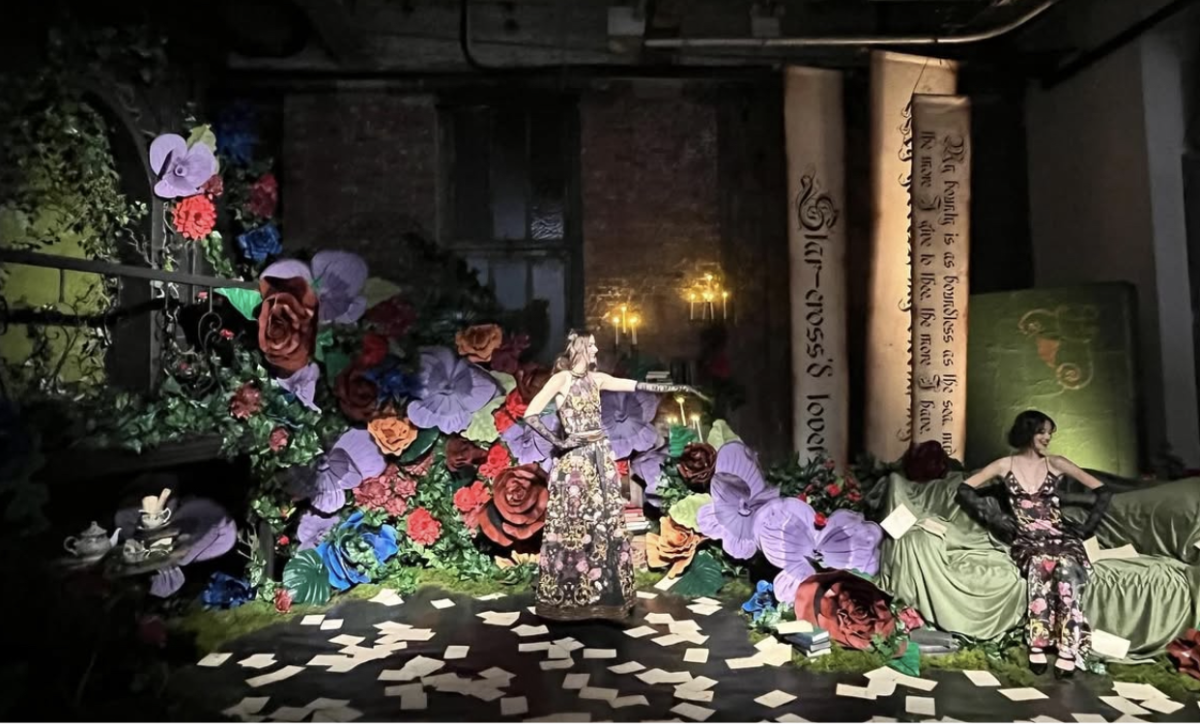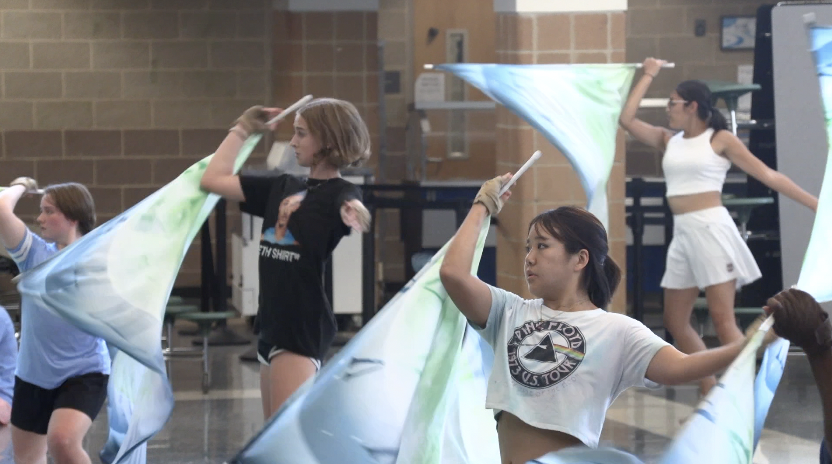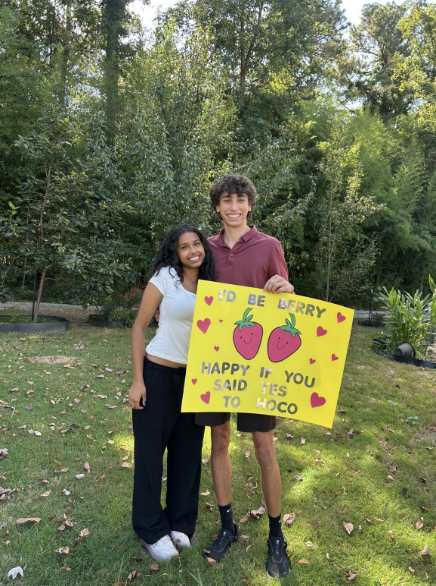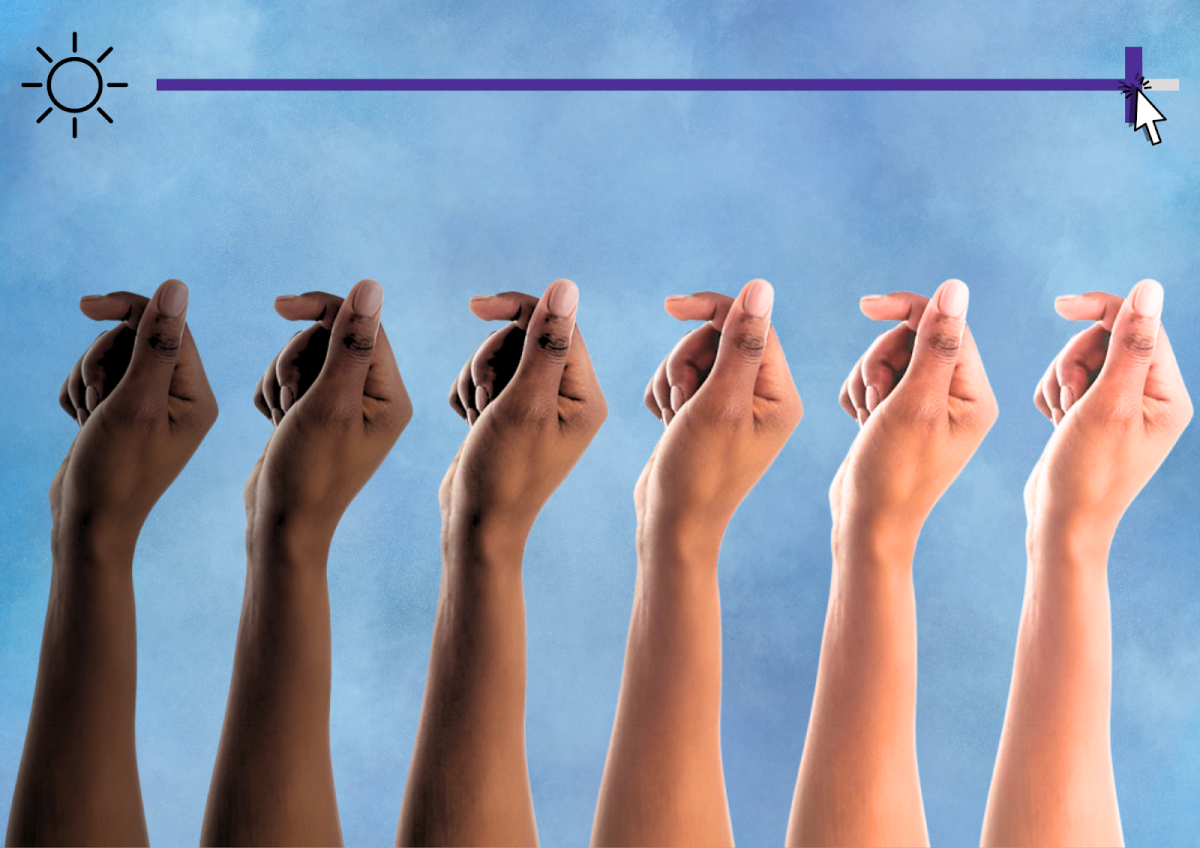New Year superstitions have taken place for thousands of years, creating tasks that foster a sense of excitement for fresh beginnings. These tasks manifest the best of life, such as an abundance of happiness, money, love and fortune, often through different rituals that differ from person to person. Listed below are some of the more common New Year’s traditions, as well as their history and the goals of their manifestation!
12 Grapes for good luck:
Originating from Spain, eating 12 grapes at midnight on Dec. 31 has become a highly popular tradition for those looking to bring luck and fortune into the new year. The tradition was originally called las doce uvas de la suerte, translating to “The Twelve Lucky Grapes.” The first grape must be eaten at the stroke of midnight, followed by another grape at each chime of the clock. It is believed that participants must eat all twelve grapes in a single minute for the superstition to be successful. To increase the chances of success, using Aledo grapes, a variant from Spain, is ideal.
The tradition is thought to have begun in the early 1900s after winemakers in Alicante harvested an overabundance of grapes and were desperate for a way to increase their sales. However, it is also believed that the tradition could date back as far as the late 1800s. There are many variations to this superstition, including sitting under a table while eating the grapes, which is believed to increase an individual’s love life.
Kissing at midnight:
Kissing at midnight, a New Year’s tradition that dates back to ancient times, is believed to transfer both positive energies and strengthen an existing relationship in the coming year. The tradition is often traced back to the winter festival Saturnalia, a celebration of the Roman god of farming and the harvest. It is believed that people kissed at these parties to bring in well-wishes for the new year. As for coming to America, it is believed that German immigrants brought the tradition to the state centuries ago. The person you kissed was thought to be influential in the fate of the upcoming year, so it was important to choose wisely. The concept of a New Years kiss has gained popularity in the states, becoming a staple in movies and for those watching the ball drop in Times Square.
Eating rice for abundance:
In many parts of the world, especially in countries around Africa, eating rice is a cherished tradition that symbolizes prosperity and is a way for people to manifest luxury in the coming year. The practice combines cultural heritage with European colonial influence as it was introduced by European and Asian influence through trade. Rice was normally a festive dish and eventually became a staple food for special occasions including New Year’s Day. Historically, rice was a scarce commodity and was considered a delicacy in many parts of Africa hence it was reserved only for special occasions like weddings.
Serving rice during New Year became a way for families to share their resources and blessings with others. It reflects hopes of a prosperous new year and its ability to feed so many people became a symbol of abundance. Overflowing bowls of rice at gatherings indicate an overflow of blessings in the coming year. Eating rice reflects a rich cultural heritage and is a tradition that unites friends and families in hopes of joy and prosperity in the future.
Wearing new clothes:
For many communities, clothing is a way to express cultural identity and people often invest a lot of time and money to showcase their pride through garments. Oftentimes, people buy new attires specifically for New Year’s Day but what many don’t know is that the tradition has a deeply ingrained symbolism of fresh beginnings. It is a physical expression that a person is leaving the past behind and looking forward to the future with optimism. The act indicates embracing the promise of better, prosperous days ahead. For some, wearing new clothes paired with religious ceremonies on the day is a form of spiritual cleansing that signifies purity. It is part of a ritual for seeking divine favor and protection. Wearing fine garments also boosts people’s confidence as the act of self-expression and not just appearance which, for them, is a great start to the new year.
Scaring off spirits:
Whether it be through fireworks or noise makers, the tradition of loud excitement during the first minute of the new year is believed to ward off evil spirits, creating a clean slate for upcoming positivity and fortune. This began in Ancient China and has spread to hundreds of countries globally, although the idea of spirits has diminished in many and was replaced for the sole reason of having fun. Methods of making noise include blaring car horns, smashing plates, using noise makers or even fireworks.
Overall, New Year’s is a time full of excitement, renewal and fresh beginnings. Try following one of these superstitions this Dec. 31 to increase your happiness and fortune in the upcoming year!







